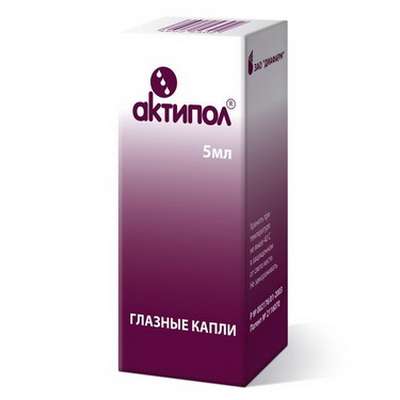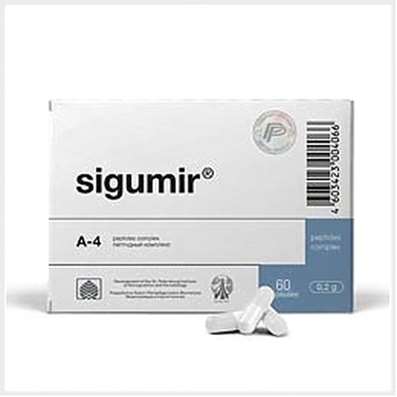Instruction for use: Neurol 1,0
I want this, give me price
Trade name of the drug – Neurol 1,0
Active substance: Alprazolam (Alprazolamum)
Dosage Form: Tablets
Composition:
The active substance - alprazolam. Tablets 0.25 mg, 20 pcs. packaged.
Pharmacotherapeutic group:
Anxiolytic (tranquilizer)
ATX Code
N05BA12 Alprazolam
The nosological classification (ICD-10)
F32 Depressive episode: adynamic subdepression; Astheno-adynamic state subdepressive; Asthenic-depressive disorder; Asthenic-depressive state; Asthenic-depressive disorder; Asthenic-depressive state; Major depressive disorder; Sluggish-apathetic depression with inhibition; Double depression; depressive pseudodementia; Depressive disorder; Depressed mood disorder; Depressive disorder; mood Depressive disorder; the doldrums; Depressive disorders; Depressive syndrome; Depressive syndrome larvirovanny; Depressive syndrome with psychosis; masked Depression; Depression; exhaustion Depression; Depression with symptoms of lethargy within cyclothymia; Depression smiling; involutionary depression; involutionary melancholy; involutional depression; Manic-depressive disorder; masked depression; Melancholic attack; Neurotic depression; Neurotic depression; Shallow depression; Organic depression; Organic depressive syndrome; Simple depression; Simple melancholic syndrome; Psychogenic depression; Reactive depression; Reactive depression is a moderately severe; psychopathological symptoms; Reactive depression; Reactive depression; Recurrent depression; Seasonal depressive syndrome; Senesto-pathic depression; senile depression; Symptomatic depression; somatogenic depression; cyclothymic depression; Exogenous depression; lypothymia; Endogenous depression; The endogenous depressive syndrome.
F40.0 Agoraphobia: Claustrophilia; Fear of staying in a crowd.
F41 Other anxiety disorders: anxiety Relief; Nonpsychotic anxiety disorders; An alarm condition;
Anxiety; Disturbingly suspicious condition; Chronic anxiety; Sense of anxiety.
F41.2 Mixed anxiety and depressive disorder: Depression with anxiety and depressive components; Mixed anxiety-depressive states; Anxious depression; Anxious, depressed mood; Anxiety and depression; Anxiety-depressive syndrome; Anxious-neurotic state.
F48 Other neurotic disorders: Neurosis; Neurological diseases; Neurotic disorders; Neurotic state; Psychoneurosis; Anxious-neurotic state; Chronic neurotic disorders; Emotional reactive disorder.
F48.0 Neurasthenia: Asthenic form of neurasthenia; Asthenoneurotic state; asthenoneurotic disorder; Influenza young workaholics; Flu of yuppie; neurotic disorders; neurasthenic state; neurasthenic syndrome.
R45.1 Restlessness and agitation: Agitation; Anxiety; explosive excitability; The internal excitation; Excitability; Excitation; Excitation sharp; psychomotor excitement; hyperexcitability; motor stimulation; Relief of agitation; jitters; restless; Night concern; The acute stage of schizophrenia with excitement; Acute mental stimulation; paroxysm excitation; overexcitement; erethism; Increased nervous irritability; Increased emotional and cardiac excitability; Increased arousal; hyperphrenia; Psychomotor agitation; Psychomotor agitation; Psychomotor agitation in psychosis; Psychomotor agitation epileptic nature; psychomotor paroxysm; psychomotor seizures; excitation Symptoms; The symptoms of psychomotor agitation; Status agitation; Status anxiety; excitation condition; Status of high concern; Condition of psychomotor agitation; anxiety states; excited states; anxiety states with somatic diseases; feeling of excitation; Feeling restless; Emotional arousal.
R45.4 Irritability and anger: tantrum; Anger; Dysphoria; Neurosis with increased irritability; exasperation; Increased irritability; Increased irritability of the nervous system; Irritability; Irritability with nervousness; Irritability with psychotic disorders; The symptoms of irritability.
R45.7 State of emotional shock and stress, unspecified: Exposure to stressors; Exposure to extreme situations; Long-term emotional stress; Neuropsychiatric stress; occupational stress; Psychological stress at interrail; Psycho-emotional overload and stress; Psycho-emotional tension in stressful situations; emotional stress; stress condition; Stress; The stress load; stress state; stressful situations; stress state; The stresses of everyday life; Chronic stress.
Pharmacological PropertiesPharmachologic effect
Mode of action - antidepressant, anticonvulsant, anxiolytic, muscle relaxant, sedative.
Neurol 1,0 interacts with the benzodiazepine receptors, enhances the inhibitory effect of GABA.
Pharmacokinetics
After oral administration, Neurol 1,0 is rapidly and completely absorbed from the gastrointestinal tract. Cmax plasma levels reached within 2.1 hours. Binding to plasma proteins is 80%. It is metabolized in the liver. T1 / 2 is an average of 12-15 hours. Neurol 1,0 and its metabolites are excreted primarily by the kidneys.
Indications for Neurol 1,0
Neurosis, panic, anxiety, depression, phobia, depression (reactive, neurotic, endogenous, accompanied by anxiety), emotional disorders.
Contraindications for Neurol 1,0
Hypersensitivity, myasthenia gravis, angle-closure glaucoma, pregnancy, breast-feeding.
Neurol 1,0 Dosage and Administration
Inside, most of the dose should be taken at bedtime. The dose is determined individually and is adjusted during treatment. Initial dose - 0.25-0.5 mg three times a day. If necessary, gradually increase the dose to 3-4 mg, in depressive states - up to 10 mg / day. Dose reduction is performed gradually, every 3 days, no more than 0.5 mg.
Side effect of Neurol 1,0
From the nervous system and sensory organs: fatigue, drowsiness, impaired concentration, mental retardation and motor responses; visual impairment.
From the digestive tract: dry mouth, dyspepsia, abnormal liver function.
Other: hypotension, urinary disorders, allergic reactions, drug dependence (with prolonged use).
Neurol 1,0 at Pregnancy and breast-feeding
Contraindicated during pregnancy. At the time of treatment should stop breastfeeding.
Cautions when taking the drug Neurol 1,0
With extreme caution is used in violation of liver and kidney function, severe depression, suicidal thoughts, panic disorders. To avoid withdrawal (abstinence effects) treatment ceased gradually reducing the dose of not more than 0.5 mg every 3 days. During treatment is not recommended to drive the car or others. Potentially dangerous machinery. At the time of reception lactating women should abandon breastfeeding.
Overdose of Neurol 1,0
An overdose of Neurol 1,0 may be manifested ataxia and drowsiness. In such cases it is necessary to induce vomiting and to gastric lavage. It is important to monitor indicators of central hemodynamics and breathing. Effectively intravenous large amount of liquid. If necessary, carry out artificial respiration, intravenous levarterenola. There is evidence of low efficiency of forced diuresis and hemodialysis.
Interaction
It enhances the effect of drugs which depress the central nervous system, including ethanol.
SPECIAL INSTRUCTIONS
Elderly patients, with abnormal liver and kidney function requires dose fall. Caution should be used in violation of cerebral circulation on ischemic type, in patients under 18 years. Should not be used during the drivers of vehicles and people skills relate to the high concentration of attention.
Storage conditions
In a dry, dark place at a temperature of 10-25 ° C.
Keep out of the reach of children.
Shelf life
3 years.
Do not use beyond the expiration date printed on the package.
Conditions of supply of pharmacies
On prescription.

 Cart
Cart





